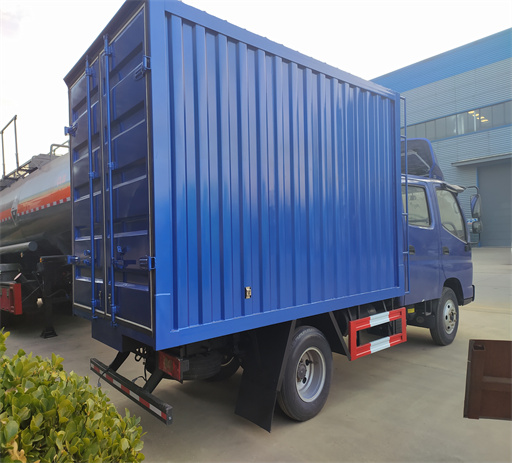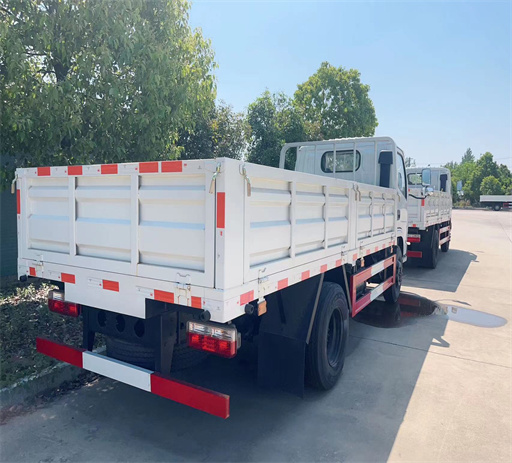Understanding PTR Compactor: A Comprehensive Guide

The PTR compactor is an essential piece of equipment utilized in various industries for waste management and material handling. It effectively compresses materials, reducing their volume for easier transport and disposal. This article aims to provide a detailed understanding of PTR compactors, their types, benefits, and application areas, while also answering common questions related to their use.
What is a PTR Compactor?
A PTR compactor is a type of compacting machine designed to compress waste materials into a smaller volume. It is widely used in recycling, waste management, and industrial processes to optimize the space used for storage and disposal of waste materials. The compaction process not only minimizes the volume of the materials but also helps in reducing transportation costs and environmental impact.
Types of PTR Compactors
Vertical Compactors
Vertical compactors are among the most common types of PTR compactors. They operate by compressing waste vertically, which allows for efficient use of space within a facility. These compactors are particularly suitable for businesses with limited floor space.
Horizontal Compactors
Horizontal compactors are designed for larger operations that generate more waste. They compress waste horizontally, enabling the handling of higher volumes. These types of compactors are often found in large industrial settings.
Mobile Compactors
Mobile compactors are equipped with wheels, allowing for easy movement within a facility or across different sites. They provide flexibility for waste management operations that require repositioning of equipment frequently.
Stationary Compactors
Stationary compactors are fixed systems installed in one location. They are typically used in conjunction with dumpsters or other waste containers, playing a crucial role in high-volume waste processing operations.
Benefits of Using PTR Compactors
Space Optimization
One of the primary benefits of using PTR compactors is space optimization. By reducing the volume of waste, businesses can store more materials in less space. This is especially beneficial for operations with limited area for waste storage.
Cost Efficiency
Using PTR compactors can significantly decrease waste management costs. Compactors reduce the frequency of waste pickup required by consolidating materials into fewer bins, leading to savings on transport and disposal fees.
Environmental Impact
By minimizing waste volume, PTR compactors also contribute positively to the environment. They help in decreasing landfill space requirements and promote recycling by enabling better sorting of recyclable materials within compacted loads.
Improved Facility Safety
PTR compactors enhance the safety of a workplace by reducing clutter from waste materials. A tidier environment minimizes trip hazards and makes it easier for staff to navigate through working areas.
Applications of PTR Compactors
Retail Environments

In retail settings, PTR compactors are commonly used to manage cardboard and packaging waste. By compacting these materials, retail businesses can streamline waste disposal and reduce the impact on store operations.
Manufacturing Facilities
Manufacturers generate significant volumes of waste, which can be effectively managed using PTR compactors. They help in consolidating scrap materials, ensuring that they are disposed of or recycled efficiently.
Restaurants and Food Services
Restaurants often deal with high volumes of organic waste and packaging materials. PTR compactors help in reducing waste volume, improving disposal efficiency, and managing food waste sustainably.
Construction Sites
Construction sites produce various materials, including metals, plastics, and bulky debris. Using compactors can ease the transportation and disposal of waste, improving site efficiency and reducing costs.
Choosing the Right PTR Compactor
Factors to Consider
- Type of Waste: Determine the waste materials you intend to compact and choose a machine designed for those specific needs.
- Volume of Waste: Analyze the volume of waste generated to select a compactor with the appropriate capacity.
- Available Space: Consider the physical space where the compactor will be placed to ensure it fits without obstructing workflow.
- Frequency of Use: Assess how often the compactor will be used to determine the type of compactor that suits your operational needs.
Cost Considerations
The cost of PTR compactors can vary widely based on the type, size, and features. Businesses should weigh the initial purchase cost against long-term savings achieved through reduced waste management fees. Leasing options should also be considered as a cost-effective alternative.
Maintenance and Support
Regular maintenance is crucial for the efficiency and longevity of PTR compactors. Businesses should look for suppliers that offer comprehensive maintenance agreements and customer support to quickly address any issues that may arise.
Practical Tips for Operating PTR Compactors
1. Train Your Staff
Ensure that all staff members using the compactor are adequately trained. Proper training can prevent accidents and optimize the compaction process.
2. Monitor Waste Types

Regularly monitor the types of waste being compacted. Certain materials may require different handling, and understanding the waste stream can improve efficiency.
3. Schedule Regular Maintenance
Implement a routine maintenance schedule to inspect the compactor and perform any necessary repairs. This will keep the machine in good working condition and extend its lifespan.
4. Use the Correct Settings
Many compactors come with adjustable settings for different materials. Using the correct settings can maximize efficiency and prevent damage to the machine.
5. Keep the Area Clean
Maintain a clean work area around the compactor to prevent tripping hazards and ensure safety. Regularly clear away any debris that may accumulate during the operation.
Frequently Asked Questions (FAQ)
What is the lifespan of a PTR compactor?
The lifespan of a PTR compactor can vary based on usage and maintenance. On average, they can last between 10 to 15 years if properly maintained.
Can any type of waste be compacted?
Most PTR compactors are designed for specific types of waste. It is essential to check the manufacturer’s specifications to determine which waste materials are suitable for compaction.
How often do I need to empty the compactor?

The frequency of emptying the compactor depends on the volume of waste generated. For high-volume operations, emptying may need to occur daily, while smaller operations may only require weekly service.
Is training necessary for using a PTR compactor?
Yes, training is crucial to ensure safe and effective use of the compactor. Properly trained staff can operate the machinery safely and efficiently, minimizing risks.
Can I lease or rent a PTR compactor instead of buying?
Yes, many suppliers offer leasing or rental options for PTR compactors. This can be an effective way to access the equipment without a large upfront investment.
What are the safety features to look for in a PTR compactor?
Key safety features to look for include emergency stop buttons, safety interlocks, and clear operating instructions. These features are essential in ensuring safe operation in the workplace.
